During the late-19th century, Amsterdam prospered, and the population increased. The Industrial Revolution is mainly responsible for this development, which prompted the New Golden Age. The city expanded beyond the Singelgracht. New museums, Centraal Station, Concertgebouw, and Working-class neighborhoods were also built-in large numbers to accommodate the workers and laborers.
In 1876, the North Sea Canal, a massive new west-to-sea channel, was completed; new docks and warehouses were constructed along the waterfront; and, in 1889, the city’s new rail hub, Central Station, was built on an artificial island in the IJ north of the city center.
It was common to see fights between the police and the socialists every week in the 1880s and 1890s. In 1886, the Palingoproer (eel riots) took place. The army killed 26 demonstrators after the police could not control a riotous crowd of men watching an outlawed eel-pulling game.














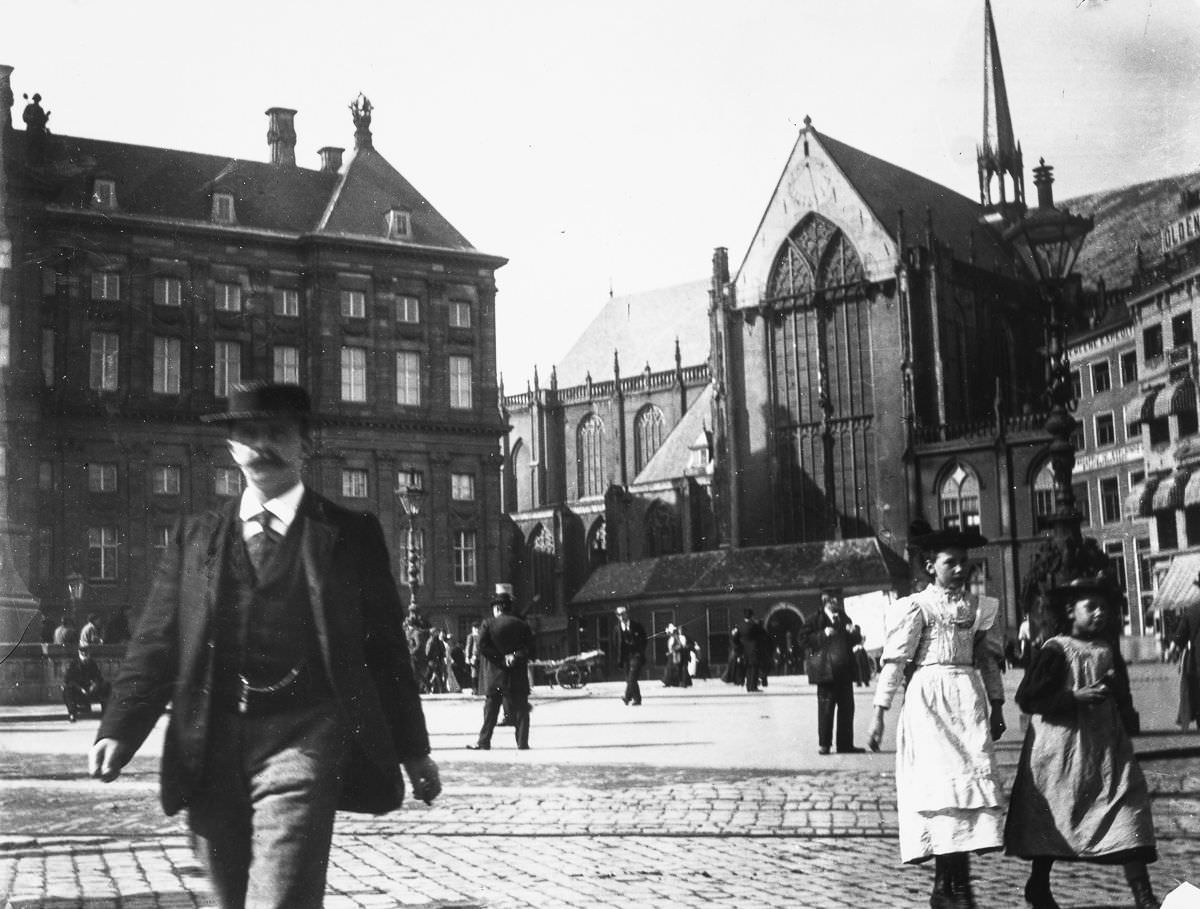















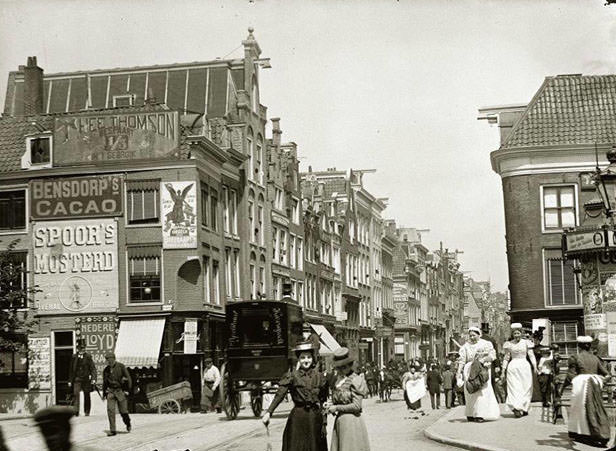











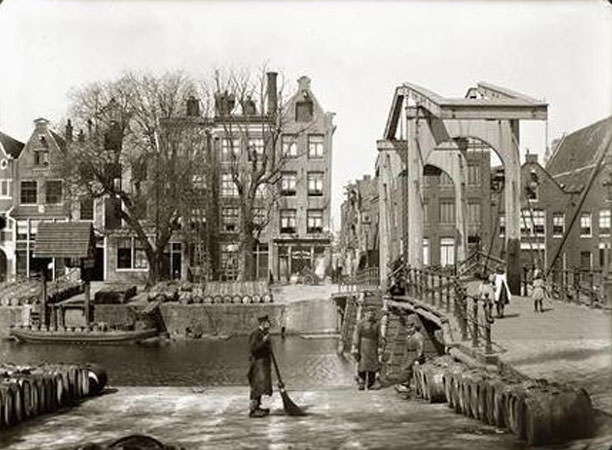
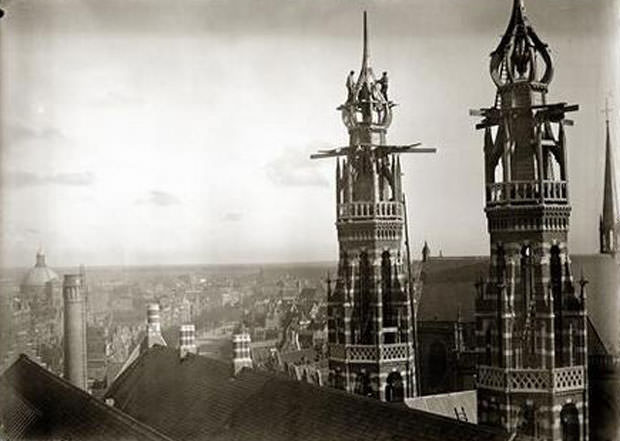
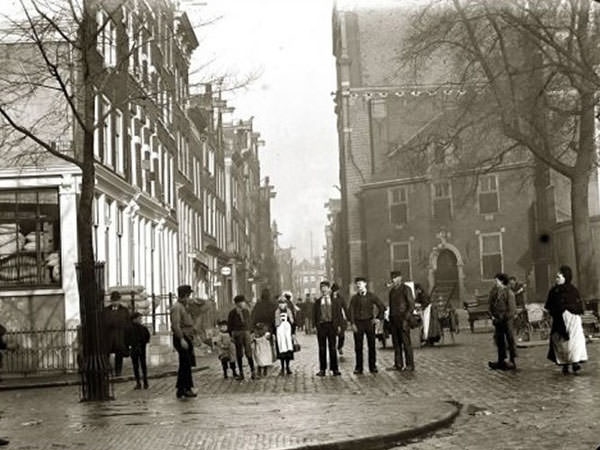
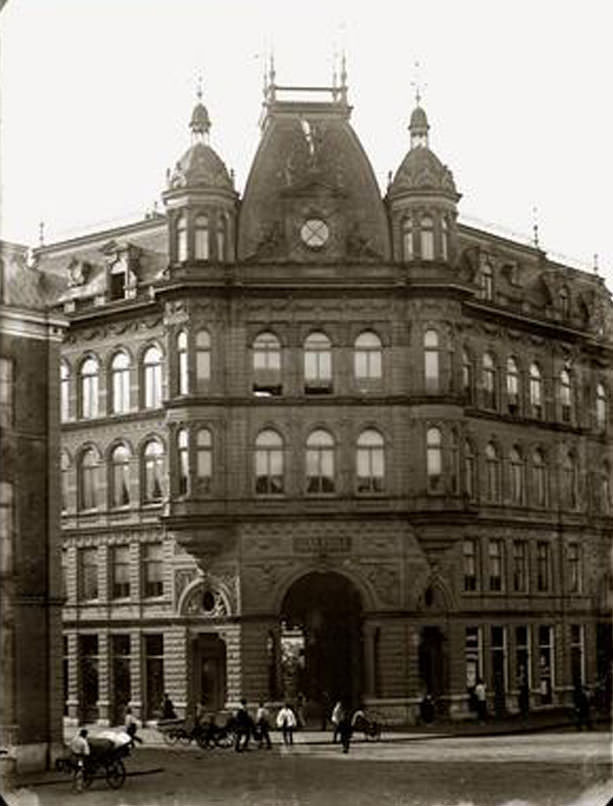


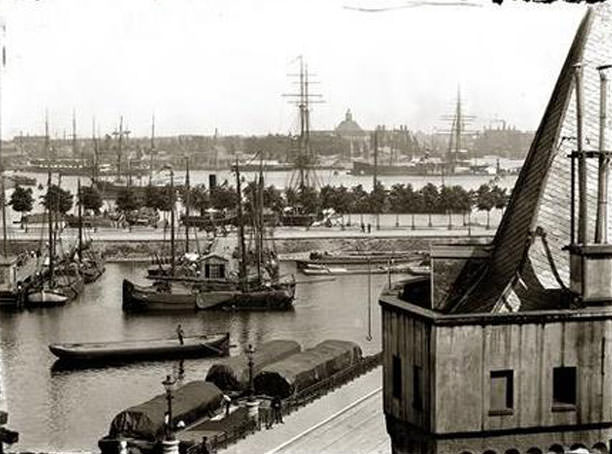






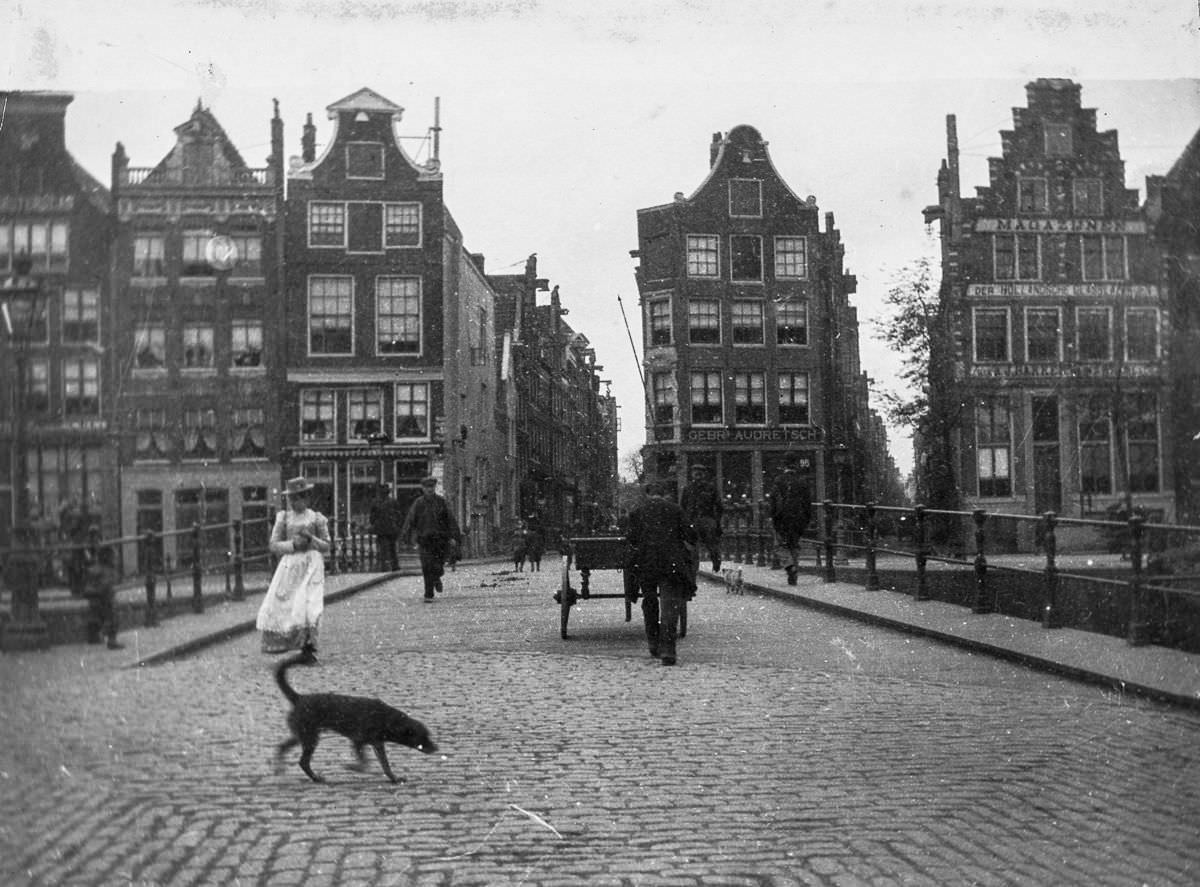



These pictures are incredible! It’s fascinating to see how easily identifiable Amsterdam still is today.
It’s remarkable how much has remained unchanged.
Same with different outfits and vehicles
Imagine if we eliminated cars from the city and restored the beauty depicted in these photos.
Such a shame so many beautiful buildings have been demolished and replaced by modern garbage. The Jodenbreestraat was soo beautiful once